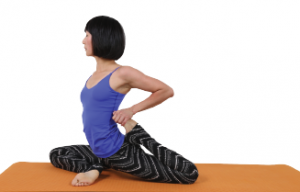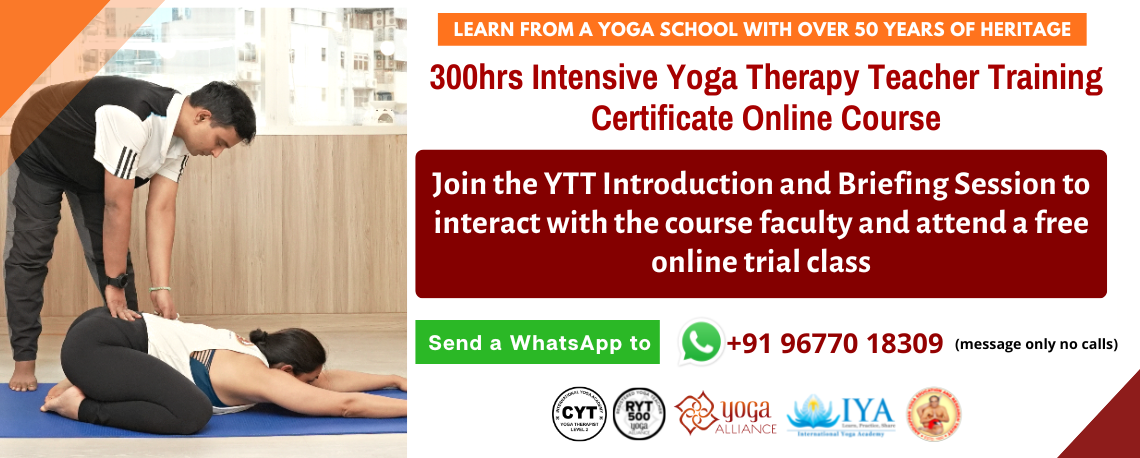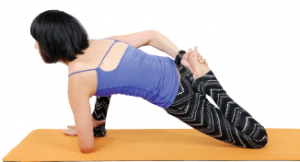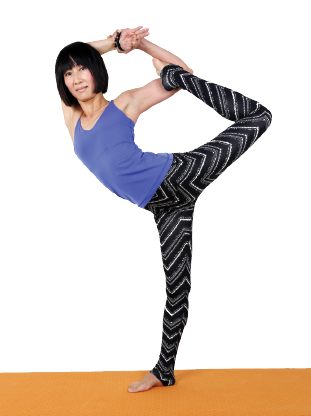This pose is dedicated to Yogamaharishi Dr. Swami Gitananda Giri, a modern yogi born in 1907 and is one of the most recognized modern yogis of our time. Yogi Gitananda is also credited with bringing yoga to the Western world in the 1950s. He received many recognitions and awards during his time, one of it being hailed as the Father of Scientific Yoga.
Swami (or teacher) Gitananda is known to be a simple, natural and disciplined figure, who in 1993 achieved samadhi (the highest stage in meditation where a person experiences oneness with the universe).
This pose embodies a perfect example of a backward bend and forward bend combination – while arching, the pelvis is tilted forward therefore the stretch is not only on the back muscles but also to the legs and hips.
Asana Overview
Chakra Awareness
Anahata Chakra / Heart
Practice Level
Intermediate
Degree of Difficulty (100 being most difficult)
80
Movement
Lateral Flexion of the Spine
Sideways movement away from the midline of the body; moving the spine to the side (left or right); the thorax moves to the side toward the pelvis.
Backward Bending
A spinal movement done with the extension of the spine, supported by different back muscles.
Hip Flexion
A movement of the hip joint muscles, where the hip joint is bent resulting in a decrease of angle (i.e. the thigh or top of the pelvis is brought forward, as in forward bends).
Shoulder External Rotation
An outward movement of the scapula or shoulder blades.
Challenges Faced During The Practice
Oblique muscles
The oblique muscles will keep the body upright when in this pose, and a weak oblique will make this pose challenging.
Balance
As the body weight is kept on one leg, keeping the weight centered poses as a challenge.
Chances of Injury
Back compression
Oblique muscle strain
Falling
Hamstring injury
Intercensal overstretch
Contraindications
Existing shoulder, back, hip or hamstrings injury
Major Muscles Involved
Oblique Muscles
Composed of the external and internal oblique muscles, these work together to pull the lower wall of the chest cavity down, increasing the volume of the lungs which fills with air. It is also responsible for the flexion and rotation of the vertebral column, as in forward & backward bending, lateral and twisting movements.
Quadriceps
A large muscle group that includes the four prevailing muscles on the front of the thigh, which act as extensors of the knee joint. These muscles are partially engaged and stretched in backward bending poses.
Hamstrings
Located at the back of the thigh, the hamstrings cross and act upon the hips and the knees. It partially controls the knee movement, avoiding any hyperextension of the knees. The hamstrings are the antagonists to the quadriceps.
Psoas
A long muscle located near the lower part of the vertebral column, the Psoas major is part of the hip flexors group that contributes to the flexion of the hip joint, and assists in the backward and forward bending movement.
Erector Spinae
A muscle group found in the back, which extends the vertebral column in forward and backward bending. This muscle is responsible for returning the vertebral column to the erect position after motion.
Deltoid
The muscle forming the rounded shape in the shoulders, the deltoid muscles assist and support in the movement of the shoulder.
Best Time to Practice
Afternoon, when energy is still high and the body’s natural flexibility is present.
Warm-up
The below poses target different muscles in the body, preparing it to come into Parivrtta Gitanandasana.
Practice the below poses on both sides of the body for a balanced stretch.
Quadriceps Stretch
Come to Pigeon pose, with the right heel close to the left pelvis. Shift the weight to the left to square the hips. Initially, the right sitting bone might come off the floor but squaring the hips is more important than keeping both sitting bones down.
Bend the left leg and rotate the left shoulder back. With the left hand, hold the left foot from the back (near the toes) while the right hand is on the floor or on a block to support the balance.
Inhale and on exhale, bring the left heel closer to the left buttock.
Hold this position for a few breaths. Simply release the left foot to come out of the pose.
 2 Banarasana / Lunge variation
2 Banarasana / Lunge variation
Come into a lunge position, resting the left knee on the floor and right foot straight below the right knee. Bring the left elbow to the floor and hold the right ankle.
Slightly shift the weight to left elbow and open the chest to the right side. Bend the left leg and hold the foot with the right hand.
Inhale and on exhale, bring the right shoulder to the right knee and the left heel closer to the left hip. Hold the pose for a few deep breaths. Slowly release the pose and repeat on the other side.
Final Pose
Turn the torso and gaze to the left side, coming into a deeper lateral arch by lowering the torso more. Engage the oblique muscles and maintain normal breathing.
….more
To read the full article please download our Asana Journal App or purchase Issue 155 Nov 2015.






















 Other
Other